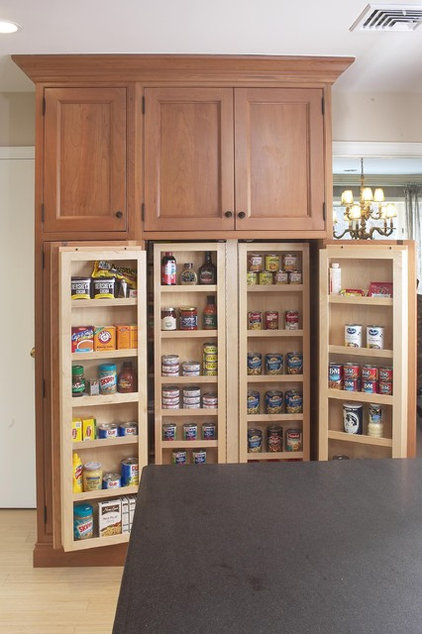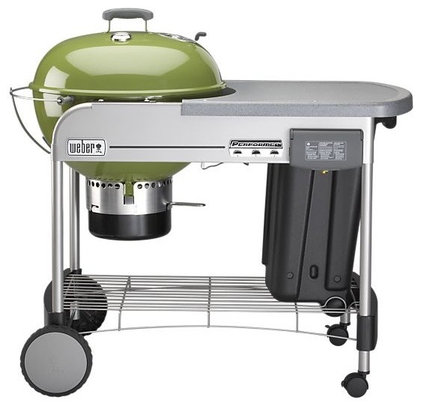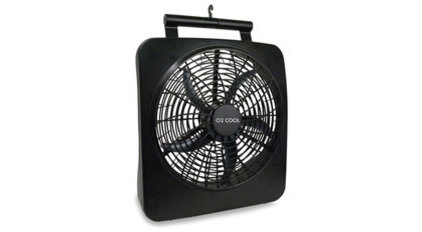If you’re one of the lucky folks who has a generator, the going won’t be so bad, and you can live in relative comfort until the power’s back on. But generators can be expensive, beyond the reach of many of us. If a storm is coming and you could be facing days or even weeks without electricity, these steps can help you make it through.
Stock the pantry. Have on hand nonperishable goods that offer plenty of protein and other nutrients and can be eaten cold: peanut butter, whole-grain crackers, energy bars, beef jerky, dried and canned fruit and so on. Make sure you have food, litter and other supplies on hand for pets as well.
Don’t forget to keep a manual can opener nearby. And stockpile plenty of bottled water or water in jugs for drinking.
Make or buy extra ice. When you know there’s a storm headed your way, load up on bagged ice from the supermarket or fill zip-top plastic bags with water and freeze them to create cold packs. Use them in the fridge, the freezer and coolers to keep milk, meat and other perishables at a safe temperature as long as you can.
Get prescriptions filled. If you’re running low on medication and the power is out at your local pharmacy, you could be in a bind. Get your next refill and keep it handy.
Remember to grill outdoors only; don’t be tempted to bring the grill inside, no matter how cold or wet the weather is. In a pinch you can channel your scout days and fashion a makeshift oven. Use the oven outside, away from any flammable surfaces, and extinguish the coals promptly after cooking.
Know where your lanterns and flashlights are. It’s a good idea to keep at least one or two in an easy-to-reach spot on every floor of the house. Consider flashlights that are powered by winding or another nonbattery method.
Charge your phone and other electronic gadgets in advance. Then use them as sparingly as possible; power them down or off when you don’t need them. If you have car chargers, you can top off the charge periodically when necessary. And while we’re talking about cars, fill your gas tank well before the storm hits.
More ways to stay charged and connected when the power goes out
If necessary, have a portable heating or cooling source. In hot climates or in the middle of summer, you may not have air conditioning; in winter, you could be without heat for a while. Buy a few inexpensive battery-operated fans (and plenty of extra batteries) and/or propane heaters. If you have a wood-burning fireplace, be sure there’s plenty of firewood to fill it.
With propane heaters, safety is key — they’re not designed for small or poorly ventilated spaces. Use them in your largest room and don’t run them continuously; use them only to keep the room warm enough to avoid compromising your health. Stay bundled up in sweaters, hats, gloves, extra socks and blankets.
Also, know when to cut and run. If you’re not able to keep the house cool or warm enough for all family members to stay safe, go to a nearby hotel or shelter, or travel to a friend or family member’s home in an area not affected by the storm.
With well water, you’ll lose pressure if the pump switch won’t work. If you don’t have a supplemental storage tank built into your system or a portable generator that powers the pump, fill big tubs or your bathtub with water that you can dip into for flushing toilets or sponging off. Never drink well water during or after a power outage until you’re certain it’s not contaminated.
If you have a generator, offer to help. Do what you can to make life easier for others in your community. Let neighbors charge phones or take a warm shower, or prepare hot food to deliver to elderly residents or families with young kids. Should you have Internet access, you can even use the power of social media to spread the word about people in your area who may be in need of immediate assistance.



